
Reshma Bhagat
@reshuubhagat
Postdoc
WashU @KarchLab
MS&PhD in neuroscience, @psethnbrc lab alumna 🇮🇳🇺🇸
ID: 714867758442283008
29-03-2016 17:32:10
687 Tweet
364 Followers
906 Following

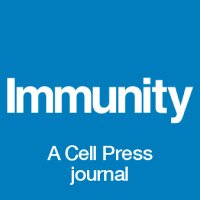

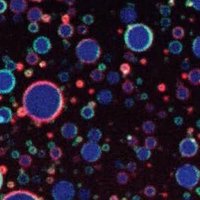
Awesome work with ZoherGueroui @zgueroui.bsky.social Useful approach to trap and release #lipiddroplets on demand! Great potential for trapping lipid droplet subpopulations based on their proteome.
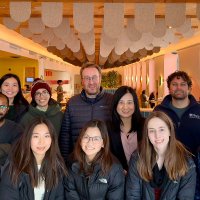

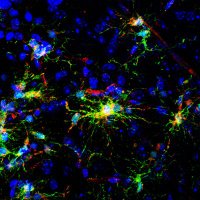
Super excited to announce our latest work in Molecular Neurodegeneration! We generated new anti-acetylated-tau-K174 antibodies that effectively mitigate neurobehavioral impairments and reduce pathology in PS19 mice— alone and in conjunction with TBI. (1/5) Details here: bit.ly/4bbKokA
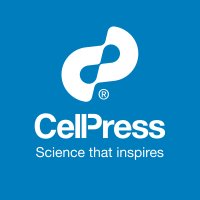
"Why Brain Organoids Are Not Conscious Yet" Read the Perspective by Kenneth Kosik (@Kosik NeuroSci Lab) in Patterns, a Cell Press journal: cell.com/patterns/fullt…


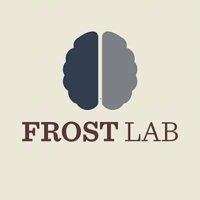
Tauists! Consider submitting your manuscripts to the upcoming special issue in Alzheimer's & Dementia Journals featuring new opportunities and progress for the therapeutic targeting of #tauopathy. Deadline Oct. 1, 2024. Guest edited by myself and Dr. James Rowe: alz-journals.onlinelibrary.wiley.com/journal/155252…




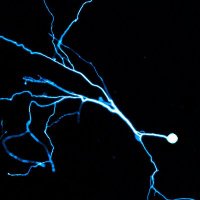



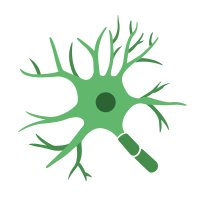
The Celeste Karch demonstrate that MAPT mRNA and tau protein are expressed in microglia in human brains and in hiPSC-derived #microglia like cells. 🧠 💡Learn more in their new molecularpsychiatry study: go.nature.com/447xVwS

